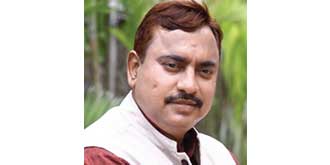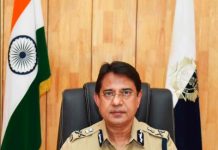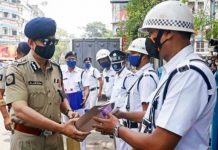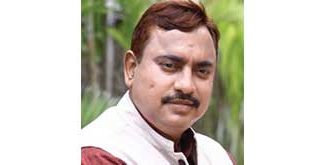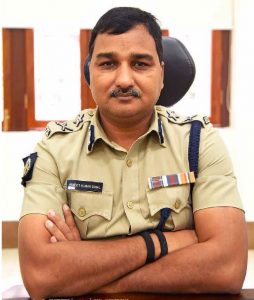
Safe Drive Save Life: The beginning of a movement
SDSL is one of the largest traffic safety drives that the nation has witnessed. The programme, initiated by the Chief Minister, has borne promising results within a very short span of time. A high-level committee was formed to monitor the entire movement. Specific plans have been chalked out to meet the impending challenges. To sensitize the prime stakeholders such as the drivers, passengers, pedestrians, we are framing several mass-education initiatives along with a social service organization named KarmaYog. This mass movement has already started fetching spectacular results.
In 2016, the number of accidents in Bengal was 13,580 and number of fatalities was 6,544. In 2017, the number came down to 11,705 accidents and 5,625 fatalities.
In December 2016, there were 1,110 accidents which led to 562 people getting injured, which in December 2017 reduced to 921 accidents and 462 injured.
We are aiming to empower 2,500,000 students and 50,000 driversacross Bengal. We have established 25 learning hubs in 25 traffic guards and have successfully imparted traffic safety training to more than 100,000 drivers. We believe that school children are the most important flagbearers of SDSL. 400 schools have been covered. We have also joined hands with the Kanyashree project to boost the overall outreach of this mission.
More than 200 Kolkata Police officials and 200 Traffic Police stations are fighting an uphill battle to change the face of the traffic management in West Bengal.
Technological disruption to pave the future of SDSL:
In a bid to control traffic offences,we are laying a new road map which is backed by advanced technology and tailor-made awareness initiatives. With a sharpened digital approach we have skillfully managed several problems. By inducting cashless traffic fine management system we have completely wiped out the woes of traffic offenders and established transparency in the entire process.
We have also tightened the noose on drunken drivers and significantly increased the night patrolling. Through this multi channel approach, we have corked the spike in traffic violations. Even in the extended areas under the jurisdiction of KTP, we have maintained a steady record.
Every accident teaches a lesson:
Speeding cars, sleek transport system have challenged the old-line of traffic management system that we have followed for some time. The new face of traffic management is equipped with latest forensic technology and data analytics. Every accident teaches us a lesson and we take help of GIS (Geographic Information System) to capture, store, manipulate, analyze, manage and present all types of geographical data of that area.
After analyzing the recorded data, we identify the vulnerable sections and create a cover for them. For example, we have installed automatic and manual-boom barriers in some of the locations to safeguard pedestrians.
KTP working on an apt plan to manage traffic around schools:
We are discussing this issue with the schools of Kolkata and we will very soon lay a new strategy to deal with this long-standing problem. We have already suggested a few remedies to get rid of this bottleneck. To minimize traffic around schools during the entry or exit hours, we have proposed the maximum use of buses rather than private vehicles. We are also chalking out area specific plans to handle this crisis.
SDSL 2.0: Aiming global:
In a very short span of time we have fetched significant results. Now, the project is ready to bear the fruit of the efforts that we have pumped into it for the last few years. We are trying to build a stronger and safer traffic management ecosystem by inducting some key elements such as public awareness, road management, emergency management system and a slew of key aspects of urban traffic management which will probably turnour city roads safer. We are trying to elevate the traffic safety levels and bring down the traffic-related fatalities to be in the league of the cities like Singapore.
By Subhajit Bhattacharyya

